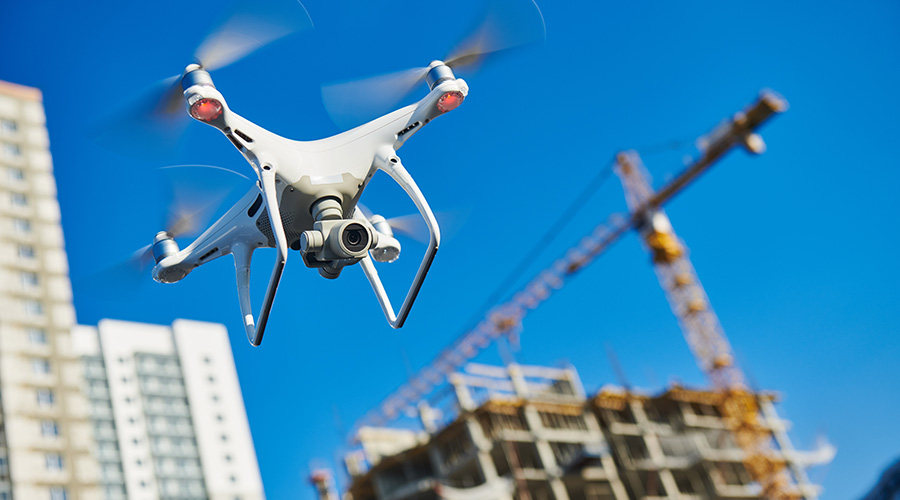Key 2017 Smart Building Trends
· Energy Efficiency – Ambitious sustainability goals will continue to drive adoption of smart building technology. Reducing the carbon footprint of a given property requires both close monitoring and actionable data insights on energy and water use in the building. Advanced sensors and analytics will empower building managers to better control their assets and reduce energy waste that can be harmful to the environment.
· Asset Optimization – Increasing operational efficiency will also be a major focus. Instead of taking a costly “rip and replace” approach to upgrading legacy building systems and assets, building managers can improve operations with technology solutions that enable them to retrofit existing systems with sensors, securely delivering asset data to the cloud. Other key operational benefits for smart buildings include improving up time of building equipment and avoidance of loss of product.
· Meeting Occupant Expectations, Delivering New Experiences – As consumers increasingly embrace a connected lifestyle, there will be a demand for more seamless building environments that offer customized experiences based on occupant preferences. Examples include allowing office building tenants to easily adjust temperature settings in a specific area via supporting app, quickly locate an available conference room or know how long the cafe queue is before they arrive. These personalized experiences will provide additional value to smart building operators looking to attract and retain tenants.
· Achieving Autonomy with Emerging Technologies – Machine Learning and 5G connectivity will work together to make building management a more autonomous task.
o Machine learning – Enables buildings systems to collect, process and use the information collected from the systems to provide
actionable insight in real-time for building managers to make quick decisions about maintenance and overall operations.
o 5G connectivity - Allows for more advanced data exchange between smart buildings that will be a major part of the groundwork for smart cities of the future.







